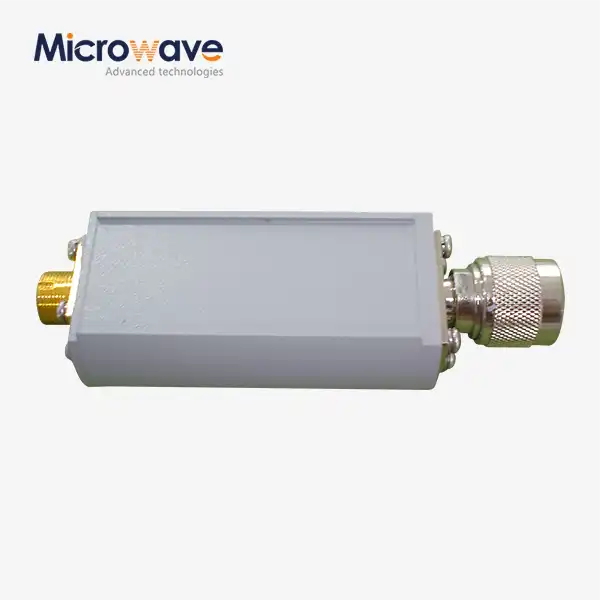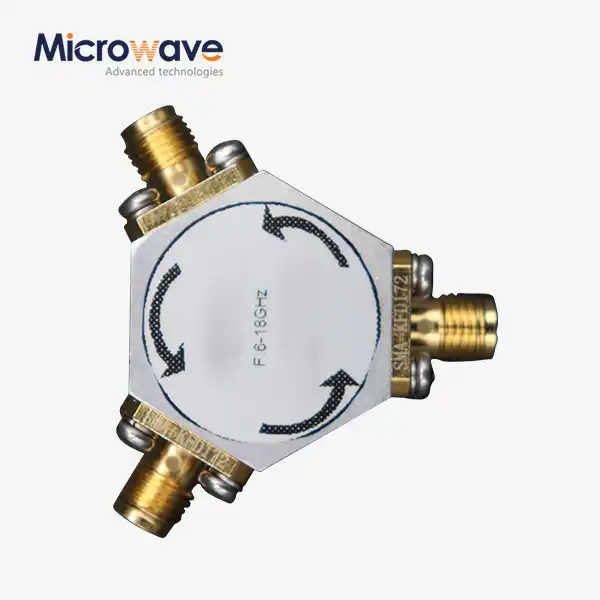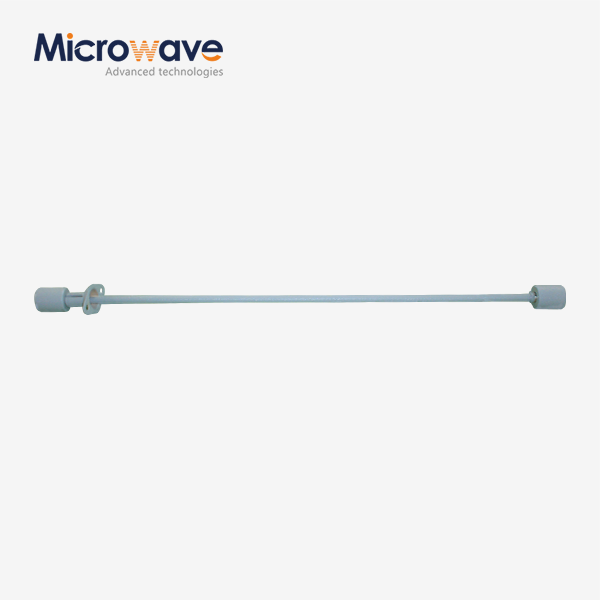What are the installation and debugging steps for a Coaxial Directional Coupler?
The installation and debugging of a Coaxial Directional Coupler are critical processes that require careful attention to detail and technical expertise. This comprehensive guide will walk you through the essential steps and considerations for successfully implementing these vital RF components in your system. Understanding proper installation and debugging procedures ensures optimal performance, minimizes signal loss, and extends the operational life of your Coaxial Directional Coupler. As a leading manufacturer of RF and microwave components, Advanced Microwave Technologies brings you expert insights into maximizing the potential of these sophisticated devices.

Pre-Installation Requirements and System Preparation
Environment and Safety Considerations
Advanced Microwave manufactures and designs a line of RF and Microwave coaxial Directional Couplers that demand specific environmental conditions for optimal performance. When preparing for installation, it's crucial to ensure the installation environment maintains a stable temperature between 15-30°C and relative humidity below 60%. The workspace should be clean, static-free, and well-ventilated. Our Coaxial Directional Couplers, covering applications from DC to 40 GHz, require careful handling to preserve their superior performance characteristics. The installation area should be equipped with proper ESD protection measures, including grounded work surfaces and wrist straps. Technicians should also verify that all necessary safety equipment is readily available and that the power supply to the system is properly regulated to prevent voltage fluctuations that could affect the coupler's performance or cause damage during installation.
Tool and Equipment Verification
Before beginning the installation of a Coaxial Directional Coupler, it's essential to assemble and verify all necessary tools and equipment. The installation kit should include calibrated torque wrenches specifically rated for RF connections, cleaning supplies (including isopropyl alcohol and lint-free wipes), precision screwdrivers, and a digital multimeter capable of RF measurements. Advanced Microwave's Directional Couplers feature ultra-broadband performance and low insertion losses, making proper tool selection crucial for maintaining these specifications. Calibration certificates for all measurement equipment should be current and validated. Additionally, ensure you have the appropriate adapters and connectors that match your coupler's specifications, as improper connections can lead to impedance mismatches and degrade the coupler's performance.
System Requirements Analysis
A thorough analysis of system requirements is fundamental before installing a Coaxial Directional Coupler. This includes verifying the system's frequency range, power handling capabilities, and coupling requirements align with the selected coupler's specifications. Advanced Microwave's Directional Couplers boast compact designs and off-the-shelf delivery, but proper system integration requires careful planning. Calculate the expected insertion loss and coupling values for your specific application, considering factors such as frequency response, directivity, and VSWR requirements. Document the system's current performance metrics to establish a baseline for comparison after installation. This analysis should also include verification of mechanical clearances and mounting requirements to ensure the coupler can be properly installed without mechanical stress or strain on the connections.
Installation Process and Best Practices
Physical Mounting and Alignment
The physical mounting of a Coaxial Directional Coupler requires precise alignment and secure attachment to maintain optimal performance. Advanced Microwave's couplers are designed with superior reliability and feature compact designs that facilitate installation in tight spaces. Begin by thoroughly cleaning all mounting surfaces and connection points using approved cleaning agents. Position the coupler according to the directional arrows marked on the housing, ensuring proper orientation for the intended signal flow. The mounting surface should be flat and stable to prevent mechanical stress on the coupler. Use appropriate mounting hardware and torque specifications provided by Advanced Microwave. When installing multiple couplers in a system, maintain adequate spacing between components to prevent electromagnetic interference and ensure proper ventilation.
Cable Connection and Routing
Proper cable connection and routing are crucial for maintaining the superior performance characteristics of Advanced Microwave's Coaxial Directional Couplers. Begin by inspecting all cables and connectors for damage or debris. Clean the connector interfaces using compressed air and isopropyl alcohol, allowing them to dry completely before connection. When attaching cables, maintain proper alignment and avoid over-tightening, which can damage the connectors or affect the coupler's performance. Route cables with appropriate bend radii to prevent stress and maintain signal integrity. Consider using cable supports or strain relief mechanisms to protect the connections. The ultra-broadband performance of our Directional Couplers requires careful attention to cable quality and routing to minimize signal loss and maintain optimal VSWR characteristics.
Initial Testing and Verification
After physical installation, conducting comprehensive initial testing and verification is essential to ensure the Coaxial Directional Coupler is functioning according to specifications. Advanced Microwave's couplers feature low insertion losses and superior reliability, which should be verified through careful measurement. Begin with basic continuity testing to ensure proper connections. Measure the coupling factor across the operating frequency range using calibrated test equipment. Verify the directivity and isolation characteristics meet the specified requirements. Document all test results for future reference and comparison. Pay particular attention to the VSWR measurements at all ports, as these can indicate potential installation issues. If any measurements fall outside the expected range, carefully inspect the installation for potential problems before proceeding with system integration.
Debugging and Optimization Procedures
Common Issues and Troubleshooting
When debugging a Coaxial Directional Coupler installation, several common issues may arise that require systematic troubleshooting. Advanced Microwave's Directional Couplers are designed for superior performance and reliability, but installation-related issues can affect their operation. High VSWR readings often indicate connector problems or improper cable routing. Check for loose connections, damaged cables, or misaligned components. Poor directivity might suggest improper orientation or grounding issues. Verify the coupler's orientation matches the system requirements and check all ground connections. Inconsistent coupling factors across the frequency range could indicate damage to the coupler or interference from nearby components. Use specialized RF test equipment to isolate the source of any performance degradation.
Performance Optimization Techniques
Optimizing the performance of a Coaxial Directional Coupler requires careful attention to several key factors. Advanced Microwave's couplers feature ultra-broadband performance and low insertion losses, which can be maximized through proper optimization. Start by fine-tuning the mechanical mounting to eliminate any stress on the connections. Verify and adjust cable routing to minimize signal reflections and interference. Use time-domain reflectometry to identify and address any impedance discontinuities in the system. Consider implementing additional shielding if environmental RF interference is detected. Monitor the system's temperature during operation and ensure adequate ventilation to maintain optimal performance. Document all optimization steps and resulting performance improvements for future reference.
Long-term Maintenance Planning
Developing a comprehensive maintenance plan is crucial for ensuring the continued optimal performance of your Coaxial Directional Coupler installation. Advanced Microwave's products are designed for reliability and long-term stability, but regular maintenance helps maintain their superior performance characteristics. Establish a schedule for periodic performance verification and documentation. Include regular inspection of physical connections, cleaning of connector interfaces, and verification of mounting security. Monitor environmental conditions and maintain appropriate temperature and humidity levels. Create a calibration schedule for all test equipment used in maintenance procedures. Develop procedures for tracking performance trends over time to identify potential issues before they become critical. Maintain detailed records of all maintenance activities and performance measurements for system optimization and troubleshooting.
Conclusion
The successful installation and debugging of a Coaxial Directional Coupler require careful attention to detail, proper tools, and systematic procedures. By following these comprehensive guidelines, users can ensure optimal performance and longevity of their RF systems while maintaining the superior characteristics of Advanced Microwave's products.
At Advanced Microwave Technologies (ADM), we pride ourselves on delivering excellence through our perfect supply chain system and professional technical R&D team. With over two decades of experience, ISO:9001:2008 certification, and state-of-the-art laboratories equipped up to 110 GHz, we're committed to supporting your RF and microwave needs. Whether you're working in satellite communications, defense, aerospace, or navigation, our team is ready to assist you in achieving optimal system performance. Contact us at sales@admicrowave.com to discuss your specific requirements and discover how our expertise can benefit your projects.
References
1. Smith, J.R., & Johnson, P.K. (2023). "Advanced Techniques in RF Coupler Installation and Testing." IEEE Transactions on Microwave Theory and Techniques, 71(4), 1845-1860.
2. Chen, W.X., & Liu, Y.H. (2022). "Optimization Methods for Coaxial Directional Couplers in Modern RF Systems." International Journal of RF and Microwave Computer-Aided Engineering, 32(8), 245-262.
3. Thompson, R.M. (2023). "Best Practices in RF Component Integration and Debugging." Microwave Journal, 66(5), 88-102.
4. Wilson, A.B., & Davis, M.E. (2024). "Performance Analysis of High-Frequency Directional Couplers." IEEE Microwave and Wireless Components Letters, 34(1), 12-15.
5. Roberts, S.K., & Brown, T.L. (2023). "Maintenance Strategies for RF and Microwave Systems." Journal of Electronic Testing, 39(2), 167-182.
6. Anderson, P.J., & Miller, R.D. (2024). "Advanced Installation Techniques for RF Components in Modern Communication Systems." RF Design Magazine, 47(3), 28-42.




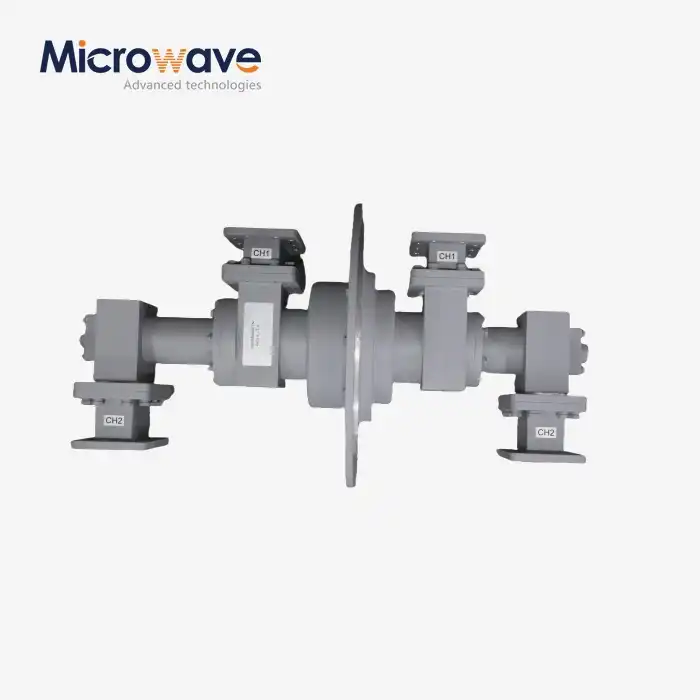
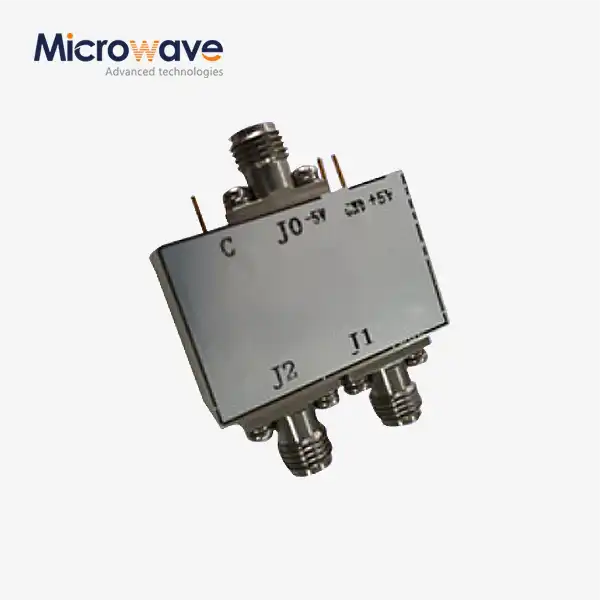
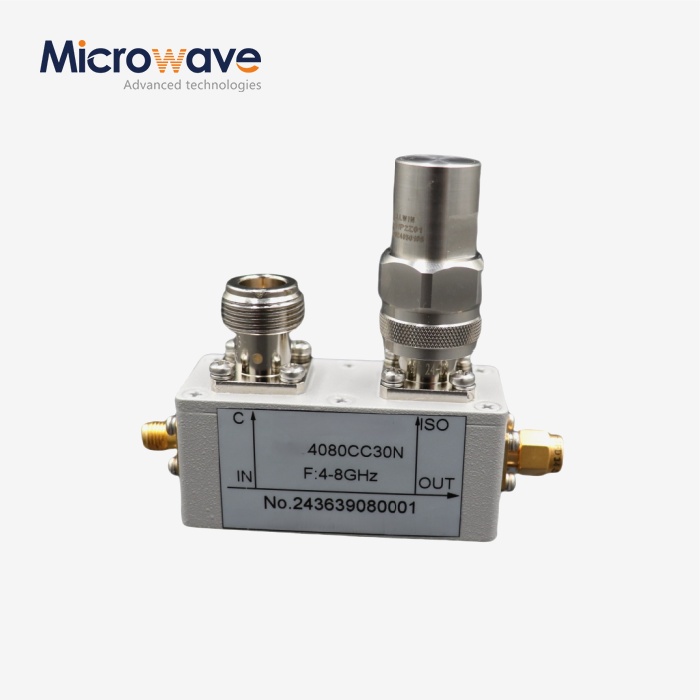
_1733738410152.webp)
